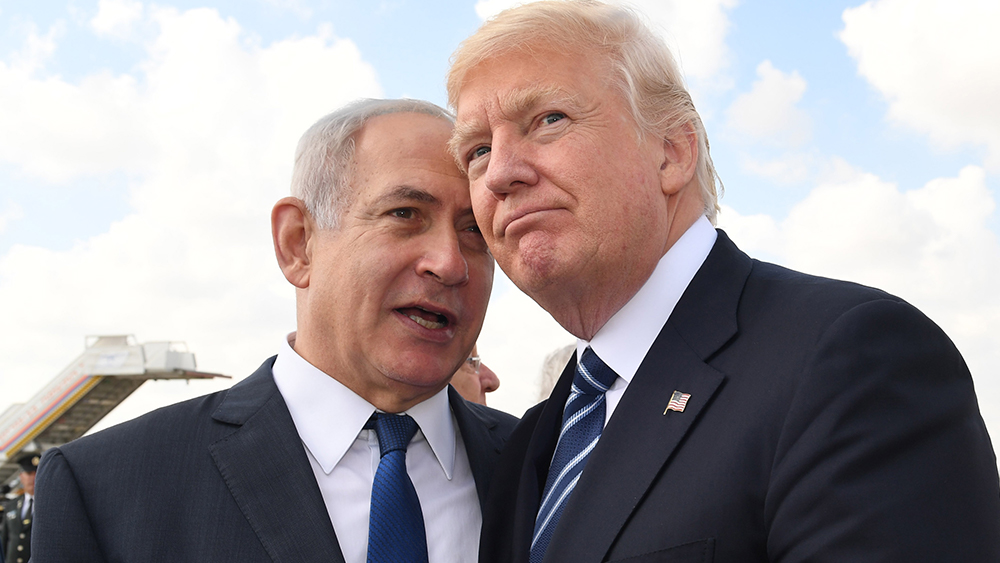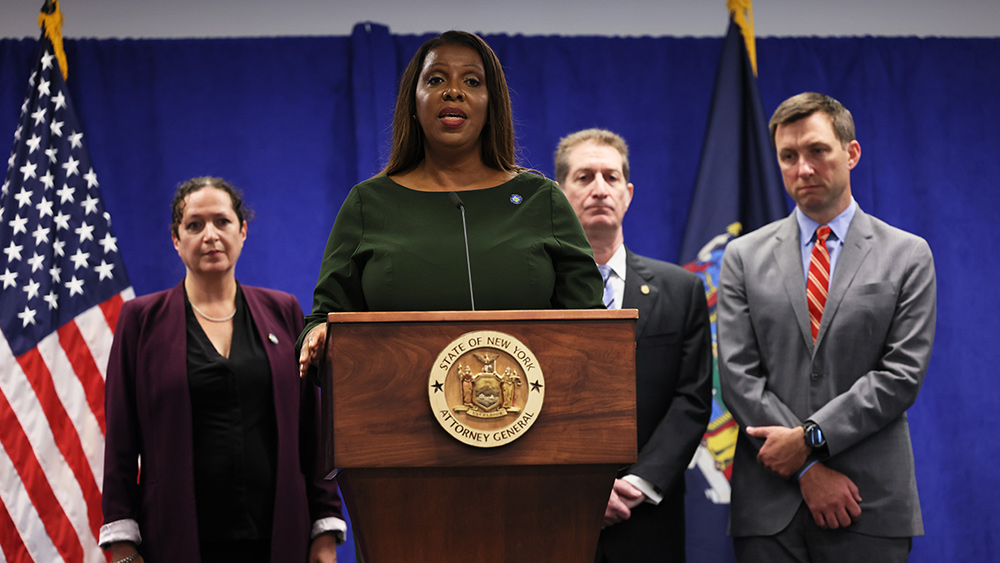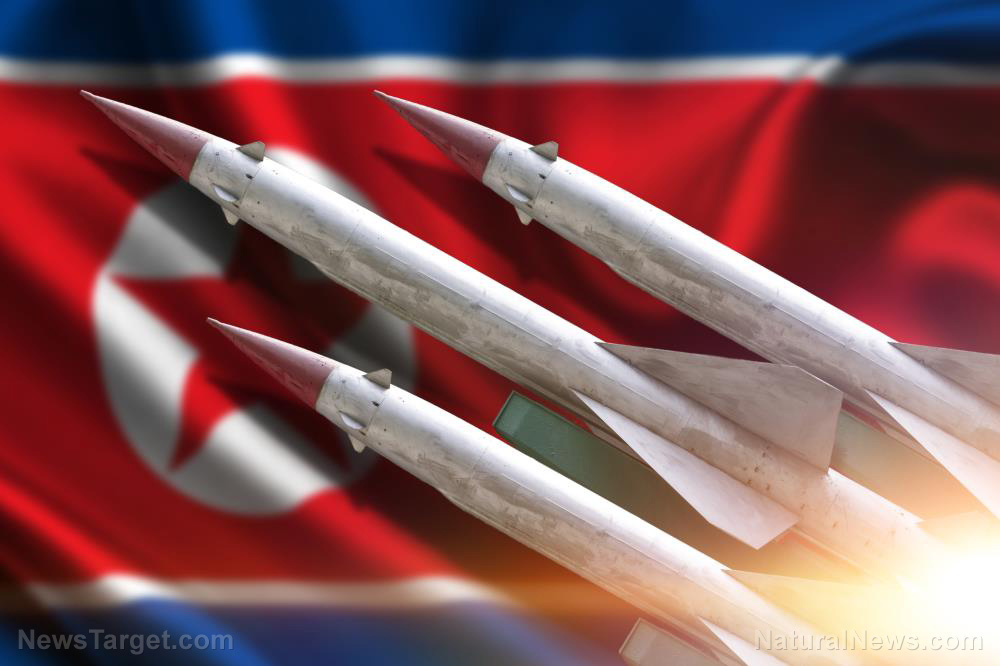
- The U.S. Army is considering reducing its active-duty force by up to 90,000 soldiers, potentially shrinking it to between 360,000 and 420,000, the lowest level in decades, due to budget constraints.
- These cuts aim to create a more agile, specialized force focused on future high-tech conflicts (e.g., with China) rather than counterterrorism or large-scale ground wars.
- Earlier cuts (24,000 positions in 2024) targeted counterterrorism roles, engineering jobs and cavalry units, mostly affecting unfilled positions rather than active soldiers.
- Defense Secretary Pete Hegseth ordered an eight percent annual budget reduction over five years (~$50B total), prioritizing nuclear modernization, drones and cybersecurity while cutting Middle East/Europe operations and DEI/climate programs.
- Savings may fund Trump-era priorities like border security and missile defense ("Iron Dome for America"), with the Pentagon emphasizing efficiency and warfighting readiness over bureaucracy.
Budget cuts to target U.S. military commands in the Middle East and Europe
The directive, outlined in a memo, calls for cuts primarily targeting U.S. military commands in the Middle East and Europe but exempts 17 critical programs, including nuclear modernization, Virginia-class submarines, attack drones, missile defense and cybersecurity initiatives. "The time for preparation is over – we must act urgently to revive the warrior ethos, rebuild our military and reestablish deterrence," Hegseth wrote in his memo. "Our budget will resource the fighting force we need, cease unnecessary defense spending, reject excessive bureaucracy and drive actionable reform." Acting Deputy Secretary of Defense Robert Salesses stated that the savings would help finance the Trump administration's defense goals, such as bolstering border security and establishing an "Iron Dome for America" missile defense system. The Pentagon also aims to eliminate "unnecessary spending," including diversity, equity and inclusion (DEI) programs and climate change initiatives. "The Department will develop a list of potential offsets that could be used to fund these priorities, as well as to refocus the Department on its core mission of deterring and winning wars," Salesses said. "The Department of Defense is conducting this review to ensure we are making the best use of the taxpayers’ dollars in a way that delivers on President Trump’s defense priorities efficiently and effectively." NationalSecurity.news has more similar stories. Watch this clip of Republicans praising layoffs at the Department of Education. This video is from the NewsClips channel on Brighteon.com.More related stories:
Trump administration targets 200,000 probationary federal workers in sweeping workforce cuts.
Johns Hopkins cuts 2,000 jobs after Trump ends $800m in federal funding.
Trump Administration cuts 2,000 USAID jobs, places most employees on leave in sweeping reform effort.
Sources include: Military.com TheHill.com Brighteon.comCDC considers scaling back universal COVID-19 vaccine recommendations
By Cassie B. // Share
Netanyahu’s Iran attack plan rejected by Trump amid Gaza backlash
By Cassie B. // Share
China’s rare earth move threatens U.S. military and tech dominance
By Willow Tohi // Share
Schiff on Kitco News: The dollar bubble just burst
By News Editors // Share
NY AG Letitia James faces federal criminal probe over alleged mortgage fraud
By Willow Tohi // Share
A struggle over energy future unfolds as developers defy executive order
By Willow Tohi // Share
CDC considers scaling back universal COVID-19 vaccine recommendations
By isabelle // Share
Netanyahu’s Iran attack plan rejected by Trump amid Gaza backlash
By isabelle // Share
China’s rare earth move threatens U.S. military and tech dominance
By willowt // Share
John Virapen's "Medicine Cult" exposes the corrupt practices of Big Pharma
By arseniotoledo // Share
Coffee contains powerful antioxidants that protect the brain and heart
By ljdevon // Share








